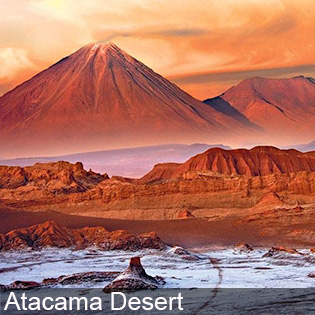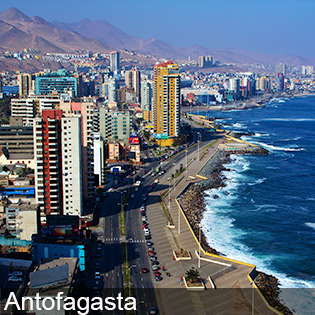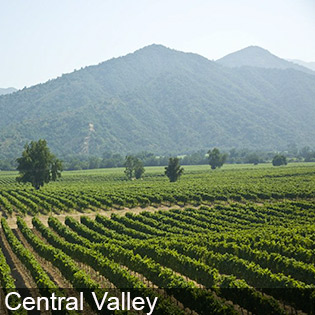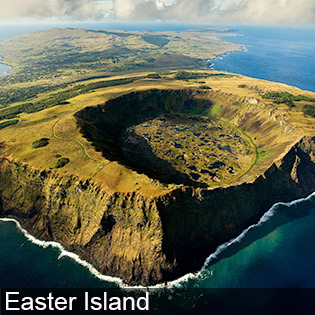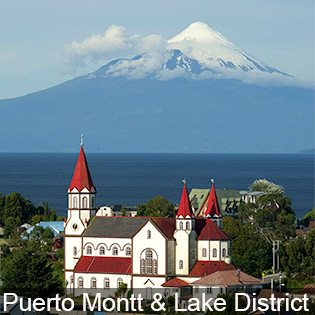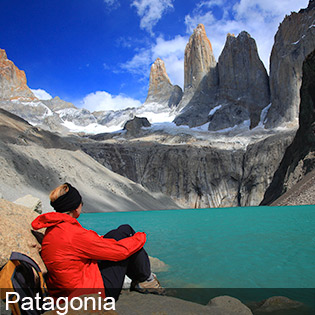CHILE: Region by Region
Welcome to our Region by Region section. This section is intended to provide more details of each county’s regions, highlighting the region’s attributes and points of interest, including what to see, best time to see it; suggested length of stay, and more. Moreover, this section provides the independent traveler the opportunity to consider what cities and regions interest them most. While our Pre-designed tour menu provides a wide range of suggested popular tour programs, the Region by Region sections allows you to custom-design the tour of your choice.
Arica and Lauca National Park
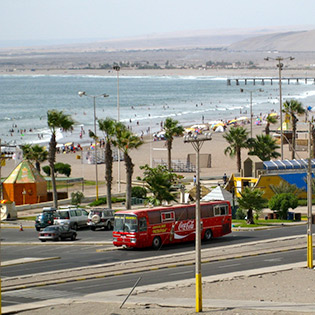
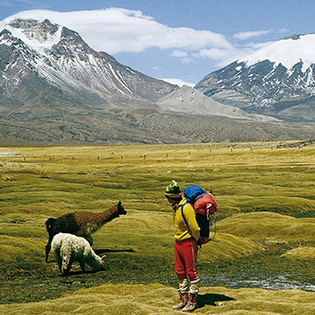
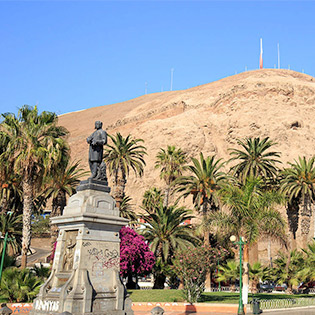
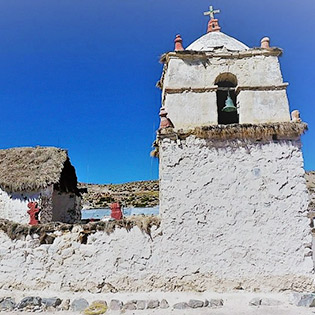
Overview
Chile's northernmost city features excellent beaches for bathing year ‘round, historical sites from the War of the Pacific, and nearby archeological attractions in museums and in the Azapa and Lluta Valleys. Arica is also the starting point for trips to Lauca National Park, a World Biosphere Reserve in the nearby Altiplano. Lauca boasts incredible landscapes, with volcanoes, lagoons, salt flats, tiny pre-Hispanic settlements, as well as a wide variety of animal life such as llamas, vicunas, guanacos, alpacas, flamingos and wild duck.
Recommended Stay
Two nights
When to go
Dubbed as the “City of Eternal Spring”, Arica is blessed with a mild, dry climate that makes it a perfect destination year ‘round.
Highlights
Iquique
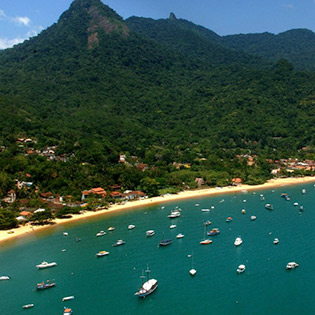
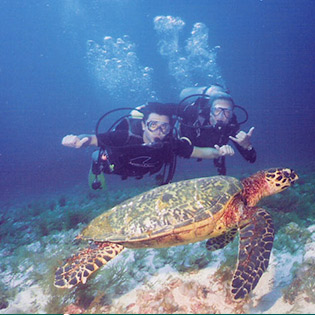

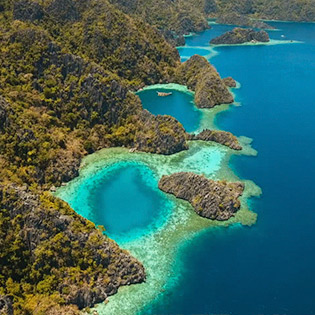
Overview
“Angra” is a small seaside town (pop. 90,000) located just two hours south of Rio de Janeiro, on Brazil’s Costa Verde (Green Coast). Originally an Indian settlement, “Angra” was also site of a small colony, a prosperous port, pirate hideout and sleepy fishing village before being discovered by ecotourism. “Angra” is surrounded by over a hundred exotic islands, misty waterfalls and forest-covered mountains, which cascade down to the emerald sea. The coastline is dotted with hundreds of small islands, making it a paradise for sun seekers, water sport enthusiasts, honeymooners and nature lovers. Boat tours depart daily to Ilha Grande, the bay’s largest island and a true ecological sanctuary.
Recommended Stay
Three to five nights
When to go
Although Angra is a year ‘round destination, it is wise to avoid the winter time (June-August) since temperatures may drop into the fifties and rainfalls are possible.
Highlights
- Boat tours: Sail Angra’s bay visiting deserted islands and dreamlike beaches.
- Water sports: Sailing, catamaran and schooner tours, water ski, surfing, snorkeling, and scuba diving are all popular.
- Ecotourism: The Mata Atlantica Forest offers excellent conditions for ecotourism activities such as hiking, mountain biking, etc.
- Paraty: Discover one of Brazil’s most charming colonial towns.
Atacama Desert
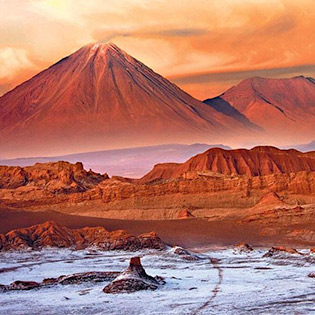
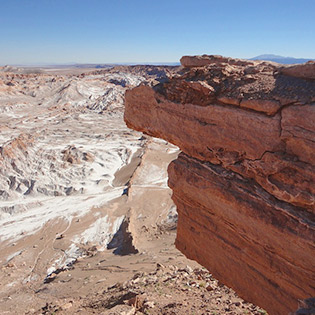

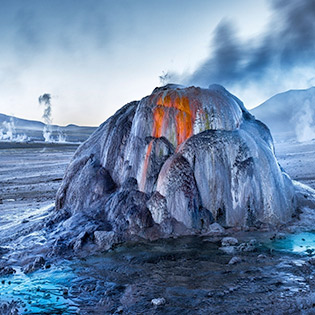
Overview
San Pedro de Atacama, an hour from Calama Airport, is an oasis located at 8,000 ft. altitude. Once a center of ancient cultures, the village today resembles a cross between a mining and frontier town with narrow streets, adobe houses and an eerie atmosphere. San Pedro is the perfect base for exploring the surrounding Atacama, the world’s driest desert. From here travelers can take fascinating excursions to archaeological sites, ancient villages, colonial towns, salt flats, geysers, oasis, and to the unique Valley of the Moon. Outings range from excursions in especially equipped vehicles to mountain biking, trekking, and horseback riding.
Recommended Stay
Three to five nights
When to go
The world’s driest desert in the world is a pretty cold place where temperatures fluctuate daily between 32F and 80F. Atacama gets almost no rainfall throughout the year. Temperatures range from 30F to 70F in winter (June-August) and 60F to 90F in summer (January- March), which is the best time to visit.
Highlights
- Archaeological sites: Learn about the Atacamenos, Aymaras, Quechuas and other civilizations that have populated the area for centuries.
- Colonial villages: Fortresses, churches, adobe buildings…
- Amazing scenery: Volcanoes, high plateaus, salt flats, lakes, geysers, hot springs, moonlike valleys.
- Padre Le Paige’s Museum: Displays rows of mummies – many with original hair still intact because of the rainless desert in which they were buried many thousands of years ago.
- Horseback riding
- Volcano trekking
- Mountain biking
- Stargazing
- Hiking
Antofagasta
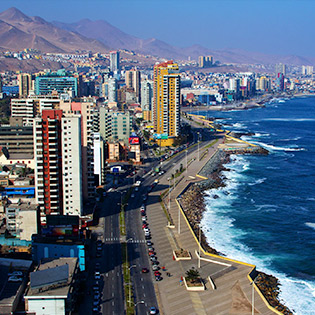
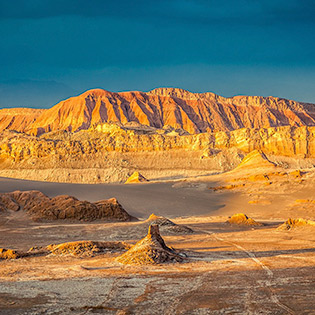
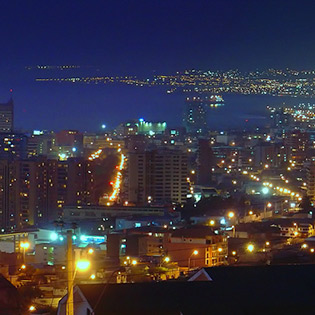
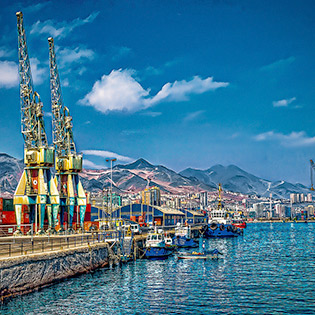
Overview
Antofagasta is a port city and regional capital in a mining area in northern Chile’s Atacama Desert best known for its copper production. Chile's second-largest city, Antofagasta is a rough-and-ready jumble of one-way streets, modern mall culture and work-wearied urbanites. As such, this sprawling port city tends not to tickle the fancy of passing travelers, who often choose to leapfrog over Antofagasta en route north to San Pedro de Atacama or south to Copiapó. The old-fashioned plaza is a pleasure to kick back in, and evidence of the golden nitrate era can be found in the wooden-fronted Victorian and Georgian buildings of the coastal Barrio Histórico. Ancient spindly muelles (piers) molder picturesquely along the grubby guano-stained port. The port here handles most of the minerals from the Atacama, especially the copper from Chuquicamata, and is still a major import-export node for Bolivia, which lost the region to Chile during the War of the Pacific.
Recommended Stay
Two to three nights
When to go
Average temperatures in Antofagasta varies little. Considering humidity, temperatures feel very enjoyable all year with a very low chance of rain or snow throughout the year. The area is among the most temperate — in the 96th percentile for pleasant weather — compared to tourist destinations worldwide. If you’re looking for the very warm time to visit Antofagasta, the hottest months are January, February, and then March. See average monthly temperatures below. The warmest time of year is generally mid-January where highs are regularly around 75.1°F (23.9°C) with temperatures rarely dropping below 63.1°F (17.3°C) at night.
Highlights
- Travel through history, exploring the corners and mysteries of the saltpeter offices. These old villages, whose boom happened at the turn of the last century have become actual “ghost towns”.
- Enjoy the clear skies of the Atacama Desert to see the stars at the best astronomical observatories of the country.
- Huanchaca Cultural Park and museum has collections that cover different themes, including the formation of the earth
- North of the city on the Pacific coast is the Monumento Natural La Portada. This huge natural arch just offshore is home to gulls, pelicans and sometimes seals and dolphins.
- Southeast of the city in the Atacama Desert is the "Mano del Desierto," a large sculpture of a hand.
Central Valley - Chile Wine and more
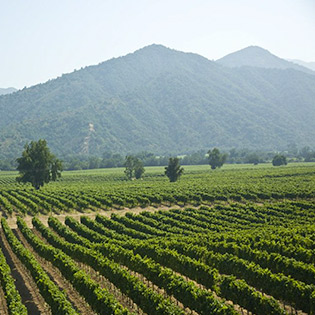
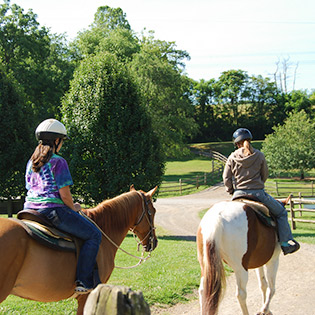
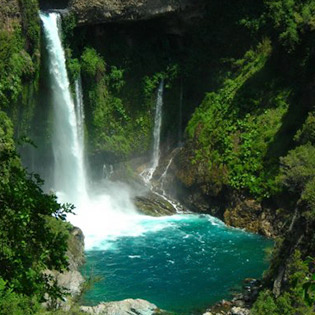
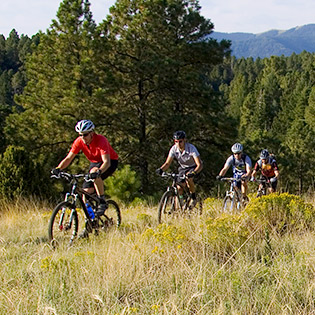
Overview
The Central Valley is the most abundant valley in Chile, not just for fruit and grape production, but also for the wealth of adventure: hiking the Andes, steaming in thermal pools, scaling rocks, or heli-skiing down snowy slopes. At the coast, you can tan on the lovely beaches, surf world-class waves, and nosh on outstanding seafood. In between, indulge in some of the finest wines South America has to offer while enjoying the laidback charm of rural life.The Central Valley is Chile's agricultural heartland. The rich soil benefits from ample spring melt-water for irrigation and long, warm, and dry summers. Grapes especially thrive, and wine has been an important product in much of the Central Valley for the past four centuries. The Central Valley is a straight shot down the Pan-American Highway between the volcanic cones of the Andes on the west and the lower Coastal Mountains to the east. As you head south, the relatively dry foliage of the short, scrubby indigenous bushes gives way to verdant pastures and thick pine and eucalyptus forests.
Recommended Stay
Two to three nights
When to go
The region is accessible in any season really with the vineyards attracting visitors all year round. In spring, the region becomes beautifully green, whilst summers are very pleasant with 12 hours of sunshine guaranteed. April's displays of autumnal leaves in Chile's winelands make this month an appealing time for a visit.
Highlights
- Wine Tasting! The Central Valley is the heart of Chile's wine country. Vineyards for both table and wine grapes cover the landscape—in fact, the Pan-American Highway runs through some of the longest continuous vineyards in the world. There is ample opportunity to taste the delicious product, too, from full-bodied reds at BBQs to crisp whites by the pool.
- The Central Valley is also home to the huaso, a cousin of the Argentine gaucho. Huasos, in their typical flat-topped, wide-brimmed hats, are a common sight around Rancagua, where they flock to the national Medialuna (rodeo arena) for their favorite sport
- Amazing scenery: The Central Valley is not limited to vineyards. Rivers and lakes lie between hillsides dotted with cactus and fruit trees. Venture east into the Andes countryside and the dirt roads weaving the high mountaintops pass pretty waterfalls and swimming holes, perfect for exploring on foot, bike, or horseback.
- Radal Siete Tazas National Park – an easy addition to any Central valley wine-tasting trip – is an oasis of greenery in an otherwise barren corner of the Andes.
Easter Island
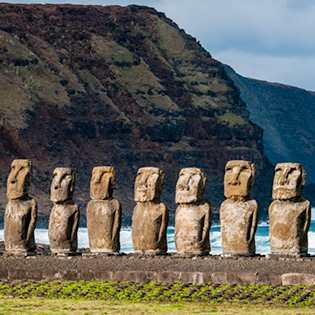
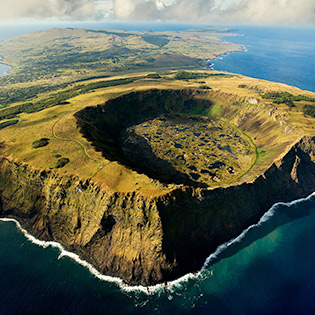
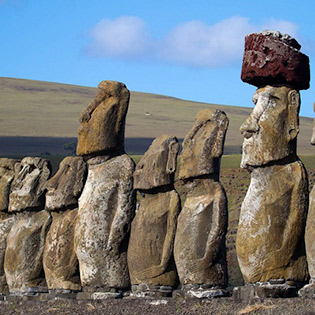
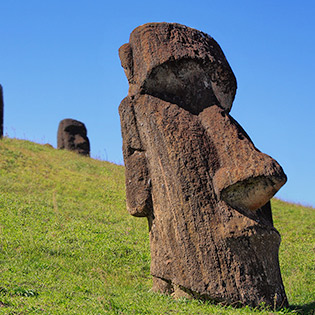
Overview
Originally named Rapa Nui (Navel of the World), this is the most isolated island on earth. Located in mid-Pacific six jet hours from Santiago, the island is an open-air museum best known for over 600 gigantic statues (moais), that mysteriously stand with their backs to the sea. The ancient civilization that inhabited the island had an organized society, written language, masterful building techniques, and a complex religion.
Recommended Stay
Three to five nights
When to go
With it sub-tropical climate cooled by the Humboldt Current and an annual average temperature of 70F, Easter Island can be visited year ‘round. Rainy season extends from March to June with August-December as the driest months. Coldest months are July-October.
Highlights
Puerto Montt & Chilean Lake District
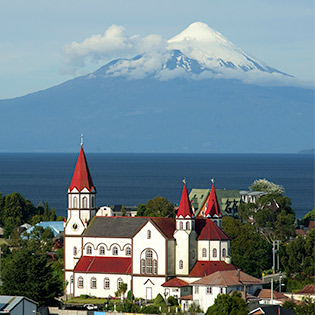
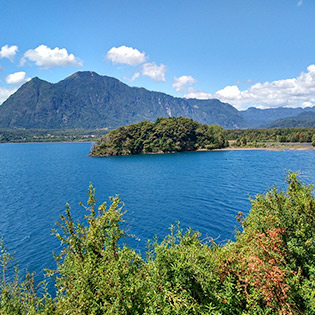

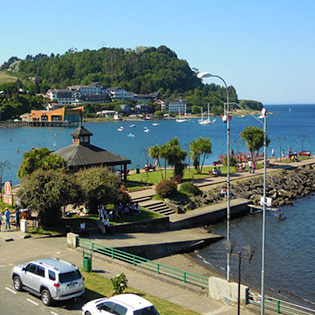
Overview
Puerto Montt, is located 600 mi. south of Santiago at the southern end of the Chilean Lake District. It is gateway to the scenic Lake District, a natural quilt of millenary forests, emerald lakes, snow-capped peaks and slumbering volcanoes. Colonized in the mid-1800s by German immigrants, the area retains its European flavor best appreciated in Bavarian-like towns and villages of weathered wooden homes, high-pitched, shingled roofs and ornate balconies. Puerto Varas is a charming 19th century town 12 miles north of Puerto Montt, on the shores of Lake Llanquihue and facing the eternally snow capped cone of majestic Osorno Volcano.
Recommended Stay
Two to three nights
When to go
Best time is December-April, when days are longer. Although Patagonia’s weather is unpredictable, summer (December-March) is characterized by sunny days and cool nights with temperatures ranging from 50F to 80F.
Highlights
- National Parks: Amazing scenery in Alerce Andino and Vicente Perez Rosales National Parks.
- Lake Crossing: Crossing to Argentina (Bariloche), via emerald lakes and winding Andean roads.
- Colonial Cities: The area is replete with colonial cities of undeniable German origin.
- Chiloe Island: A trip back into time on a storybook isle of myths and legends.
- Whitewater Rafting
- Mountain biking
- Hiking
Patagonia
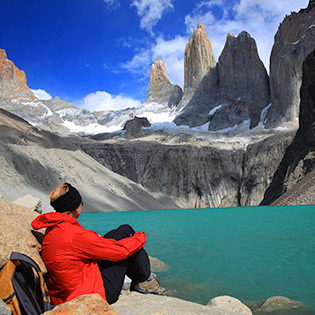

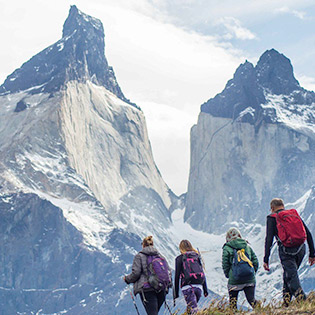
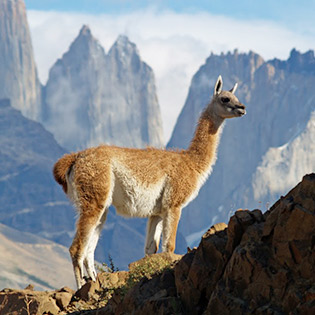
Overview
Patagonia is a region encompassing the vast southernmost tip of South America, shared by Argentina and Chile, with the Andes Mountains as its dividing line. It’s important to note that the Chilean and Argentine sides are distinctive and contrasting and thus make for a good combination. The Chilean side covered here boasts glacial fjords and temperate rainforest, while the Argentine side features arid steppes, grasslands and deserts. If you have to choose… Chile wins hands down. We begin at Punta Arenas, the southernmost city of Chile strategically situated along the Strait of Magellan, which connects the Atlantic and Pacific oceans and is also used as base for excursions to the surrounding wilderness and Antarctica. The main event is the National Park Torres del Paine, without doubt, one of the most pristine and spectacular national parks in the world. A world biosphere reserve, it has a huge variety of plant and animal species which, with it's incredibly beautiful setting has made it an almost unequalled destination for hikers, ecology-lovers and adventurers. This is home to soaring mountains, bright blue icebergs that cleave from glaciers and golden pampas (grasslands) that shelter rare wildlife such as llama-like guanacos. Some of its most iconic sites are the 3 granite towers from which the park takes its name and the horn-shaped peaks called Cuernos del Paine.
Recommended Stay
Four to six nights
When to go
Let’s begin with established “norms”. That standard for visitors heading to Patagonia is the local summer time which is October to March. These are the warmest and most accessible months. That said, the Chilean Patagonia, and Torres del Paine national park, can be visited year-round and we invite you to learn about the different options we have for you in all seasons.
Highlights
- Visit Penguin Colony, suggest to do on way to or back from the park.
- Choose from a wide variety of hikes and walks, from easy half or full day to more extreme adventure. Choose to hike the Grey Glacier or trek to one of the most iconic region of the Patagonia and gets you up close and personal with the famous and beautiful granite towers and much more.
- Horseback riding in Torres del Paine can be one of the most enjoyable ways to see the park. It is a great way to cover a lot more territory and can also save your leg strength between hiking days.
- Visit a typical Chilean estancia for an authentic barbecue lunch.
- Boat or kayak excursions.


